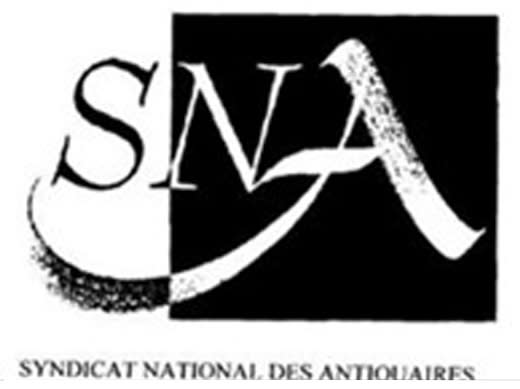With the exhibition “The indispensable superfluous. The ceramics of Pietro Melandri (1885-1976)", curated by Roberto Cobianchi, Brun Fine Art Gallery, and in collaboration with Marco Arosio, presents for the first time, in the gallery's prestigious spaces of Via Gesù in Milan, a tribute to one of the great masters of twentieth-century Italian ceramics, Pietro Melandri.
If the "precious ceramic art" has now received its rightful place in the national artistic context, thanks to the Art Nouveau fantasies of Galileo Chini, the Decò elegance of Gio Ponti, the abstractions of Fausto Melotti and Lucio Fontana and neo-cubism by Leoncillo Leonardi, a special merit is reserved for Pietro Melandri from Faenza, an artist who used ceramics with absolute autonomy of artistic expression.
Through the works, the exhibition retraces Melandri's creative phases, from the production of the Melandri & Focaccia company (1922-1933), to the more autonomous experimentation of full maturity in the 1940s and 1950s, when the great technical skills that have always been recognized in him, especially in the rendering of metallic lustres, enriched with an imaginative world of figures and signs of naturalistic inspiration which reach, in the famous "grotesques", such a metamorphosis with respect to the reference models as to be totally new and peculiar to his production.
Introduced since childhood to the practice of that art with which the city of Faenza has lived in symbiosis for centuries, Melandri deepened his artistic culture by attending evening courses at the local School of Arts and Crafts and the artistic circles of Milan - where he lived from 1907 until the outbreak of the First World War - so that the outcome of an education that was not exclusively in the workshop was that of an exceptional ceramist, interested in the art of the past and an insatiable "consumer" of contemporary art.
Melandri's creative adventure did not remain limited to the highest craftsmanship, but became part of the cultural and artistic debate between the two wars, thanks to his great formal and technical qualities, and by virtue of a historical-critical situation that in the first half of the twentieth century made ceramics a protagonist of the exhibition and discussions around the applied arts. The rebirth of ceramics was also intercepted by the futurist avant-garde with the Manifesto of ceramics and aeroceramics of 1938, signed by Filippo Tommaso Marinetti and the ceramist Tullio d'Albisola.
A work like the Mask of the Wind belongs to a series of sculptures that can rightly be considered among the pinnacles of Melandri's plastic art, in which the modelling is masterfully enriched by the quality of the glassy skin rich in iridescence and material effects. Melandri was not only an exquisite modeller of small sculptures, sometimes close to divertissement such as the Orpheus (c. 1935) or the Nereid on the sea horse (c. 1942), but he distinguished himself in the monumental scale, from the Modern Venus of the International Museum of Ceramics of Faenza, to the Vergine Assunta (1932) which the Brun Fine Art Gallery will exhibit on this occasion.
Finally, the numerous ceramic coverings intended for the decoration of public and private environments were completely special, born from Melandri's collaboration with some of the most significant architects of the Italian twentieth century, first and foremost Melchiorre Bega and Gio Ponti. Thanks to the cooperation between Brun Fine Art and Marco Arosio, one of the exceptional panels (330 x 122 cm on average) that decorated the Caffè Irrera in Piazza Cairoli in Messina, radically renovated in 1953 by the architect Filippo Rovigo, will be exhibited. This decoration is the most eccentric and astonishing among those intended by Melandri for architecture. In his fifteen panels, each composed of numerous irregularly shaped elements, the master defined the contours of the figures with a threadlike stroke - a red cord - which equals that of the drawing in its flow. For these figures of young women with elongated proportions, unnatural features and extravagant clothing, Melandri did not draw on his more personal and now consolidated vocabulary of images - think for example of the splendid wall decoration of the bar of the Hotel Roma in Bologna, today MIC of Faenza – but rather made reference to contemporary art: from Picasso's Gallo, to Cubist still lifes, from Modigliani's proportions to Matisse's precise and sinuous forms. Melandri immersed his cubist inspiration in a visionary and magical world that seems to reach from Alberto Martini to Leonor Fini.



